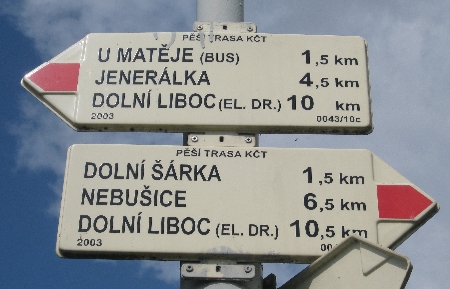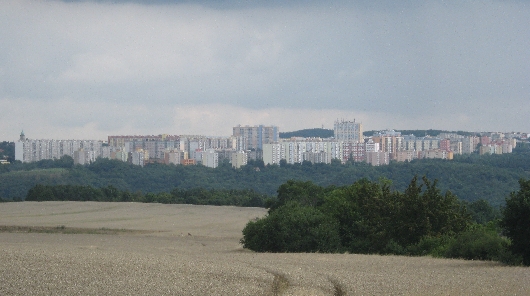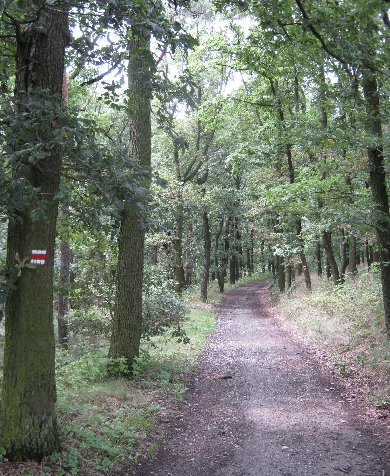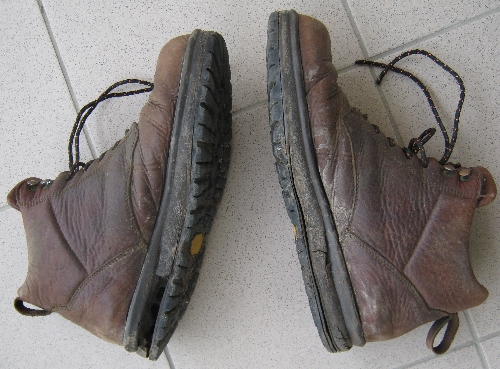
This post will be more pictures than words, in an effort to give a broader overview of the Orlické hory / Adlergebirge / Eagle Mountains. All the photographs are from our recent holiday in the area between Monday 24th June – Tuesday 2nd July. They stand in stark contrast to those illustrating my post from our earlier visit at the beginning of April 2013, in which snow was the predominant feature 🙁
The main mountain ridge of the Orlické hory oscillates between being just under or over 1000 metres above sea level, with Velká Deštiná the highest point at 1115 metres. Most of the mountainside is forested which means much welcome shade when walking and and a very unspoilt natural habitat. The downside is that trees often prevent the visitor from having a clear view over the surrounding area, one of the rewards I expect from climbing a mountain 🙂

In some places, such as here on the top of Anenský vrch (991m), this problem has been overcome by the building of a viewing tower. But when I reached the top of Velká Deštiná (1115m), I discovered that the tower I had seen in a photograph dating from 2001, has since been dismantled and is yet to be replaced.


The Orlické hory have long been a popular area for walking in summer and skiing in winter. This is the Masarykova chata, opened in 1925 to provide accommodation and meals for visiting tourists and named after Tomáš Garrigue Masaryk, the first president of Czechoslovakia. His bust stands proudly on a pillar in front of the chata. But it was fascinating to see on display, an old black and white photograph dating from the mid-1930s, which described the building as being die Sudetenbaude im Adlergebirge. Yet another illustration of chequered history of this area.
During our walks we also encountered two things we were not expecting to see.

Firstly, this amazing field of lavender, which looks as though it belongs in Provence in the south of France, rather than in north-east Bohemia.

Secondly, a recently created nine-hole golf course at Nebeská Rybná, with the fourth green alongside the village Church!









